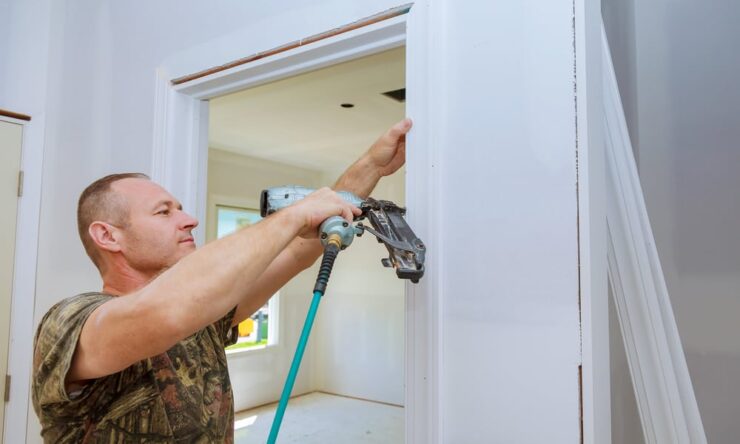Winter hasn’t arrived just yet, but it’s just around the corner. And when it comes to preparing your home for the cold, the wet, and the wind, there’s nothing more urgent than sealing up gaps, drafts, and leaks around your property. Leave it too late, and it’ll be more difficult for you to fix, fill, and seal these troublesome gaps – the damp in the air will make it more difficult to make your efforts stick. As such, here’s what you can do now, while summer is still upon us, to fix gaps and drafts in your home.
Locating the Gaps
Gaps aren’t just between parts of your walls and the outside of your home. They can exist anywhere, due to the aging of your home, general wear and tear brought about by your family, or even the infestation of your walls or other parts of your home by pests.
If you’re setting about filling in these holes and gaps, it’s best to first take a detailed look around your home, inspecting each room to check for gaps and drafts. A great way to spot them is to look at hotspots like wall joints, window frames, and the space between tiles. Take notes of where you find them so that you can seamlessly move between rooms once you have the equipment in place to fill these gaps.
Equipment and Tools
Next up, you’re going to need to invest in the right kinds of tools to help you fill all the gaps around your home. This is actually simpler than you might imagine. In general, there are three ways in which you’re going to seal gaps in your home.
Gaps between plastics can be seamlessly filled using plastic welding equipment. Gaps in areas of your home that aren’t visible can be filled with simple foam sealant guns – though these can be a little messy. And finally, for those tiny gaps in walls, floors, and window frames, a targeted glue gun can often do the job better than anything else. Invest in all three to seal your entire home from drafts, gaps, and leaks.
Finishing and Checking
Of course, pointing a sealant gun at a gap and pressing the trigger will fill a hole – but will it look good? The answer to that question will rely on the way in which you finish and check your work. For instance, when using a plastic welding gun, you need to make sure that you’re directing the flow of plastic sealant not only within the gap but also across the two plastic surfaces you’re looking to join.
With the plastic gun as well as a glue gun or a foam sealant, you’ll also want a simple scraping tool to remove the excess material from your work area so that you’re left with a smooth, continuous, and seamless new joint. If you’re struggling to get this right, it’s worth calling up some YouTube tutorials so that you don’t damage your home while on your hunt for pesky drafts.
Sealing up gaps and drafts in your home will increase its energy efficiency, making it a more pleasant space to live in come the cooler winter months – so try it today before those months are upon us.




























